As with most things, constant growth and development is the root objective. In business, that can mean expanding or leveling up (or both!).
I’m sure that you always think of ways to promote your products/services (even yourselves) and reach the farthest potential with every tip and trick in the book.
How can I excel? How do I better connect with potential customers? What can I do to improve my brand and eclipse the competition?
If any of these questions crossed your mind, dip into this article further because we listed how to mold a successful email marketing campaign.
You might wonder what that has to do with the questions I listed. Effective email marketing can be the tool you need to take another step towards growth for your business.
What is email marketing?
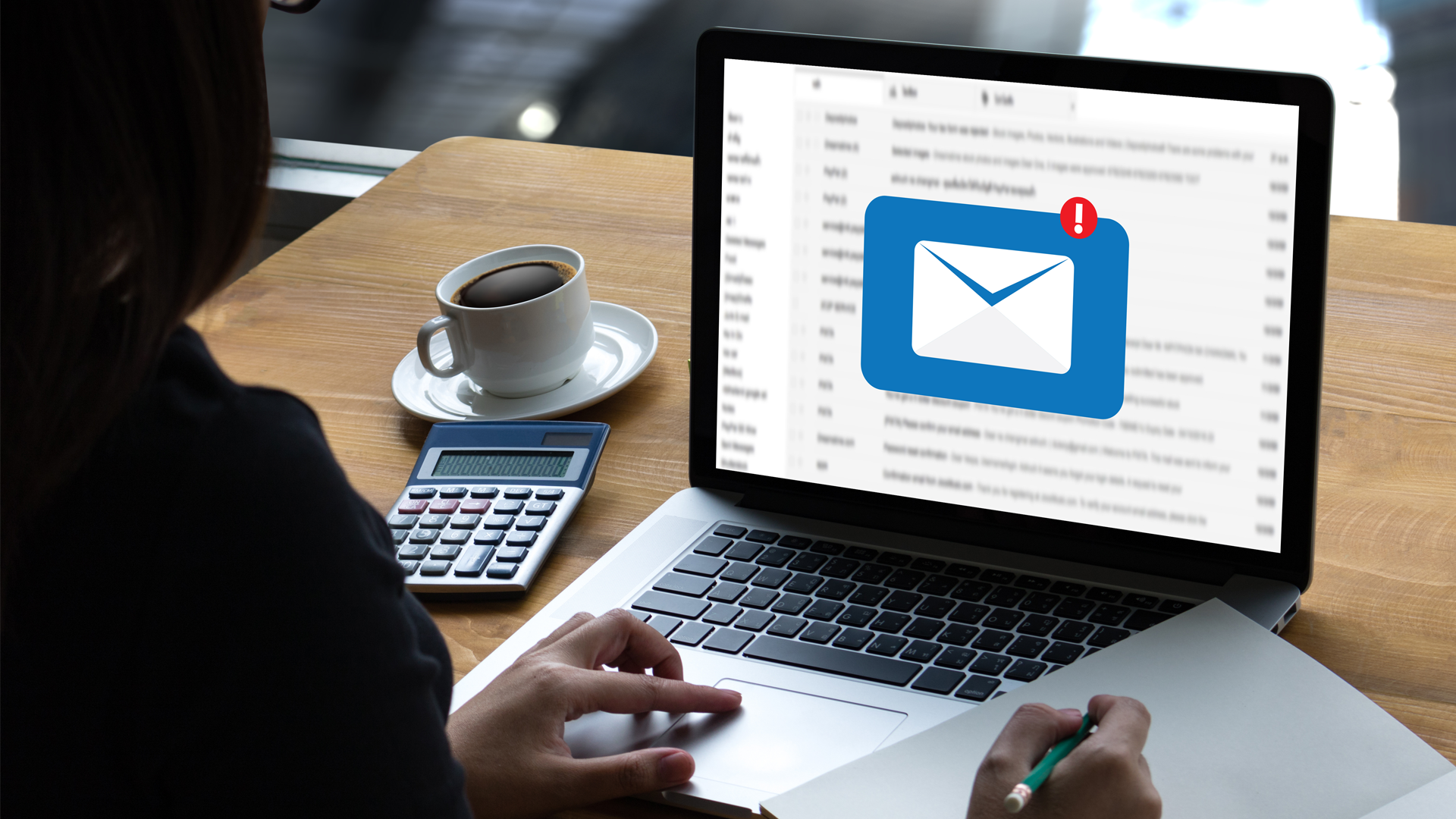
That email you got from Costco about their mid-year sale OR your credit card company telling you that you get 10% OFF if you buy a plane ticket now, are some of them.
Email marketing is a marketing style that uses emails to promote and advance sales. It also works as a channel to communicate and connect with your customers to advocate better Customer Relations Management (CRM).
It can be about selling a product, featuring new products or services, sharing exciting news from brands, or giving updates to subscribers. All of which serve the same purpose — to have your subscribers think about your brand and hopefully convert them into sales.
You can also delegate this task to email managing services, like MailChimp who can help get you started with their email templates for all the ways you might need it for.
Whether you’re emailing to welcome them to your community or to tell them a sale is ongoing, they have it pre-made and ready to go.
What do I need to remember when starting an email marketing campaign?
Understanding how email marketing can contribute to your sales is a great leg up whether you’re starting up or are an experienced entrepreneur.

Emails look different depending on what you need them for, so it’s good to nail down your purpose for sending it first. But the things you want to keep in mind while making your template is to:
Keep it useful. Lest you become spam fodder.
Keep it short. Be direct. Very few are patient enough to read through long emails.
Make it interesting. Make it fun. Make it memorable.
Treat every subscriber like kings and queens. Because in your business, they practically are.
Types of emails
There are different types of emails you can use in your campaigns:
A.Marketing emails
These are the ones that promote your products or services. This type is usually directed to your customers/subscribers, prospects/leads, vendors, or affiliates to help generate traffic that can be converted as sales. They can come as:
Promotions
Updates on sales or featured products/service
Follow-ups
Surveys
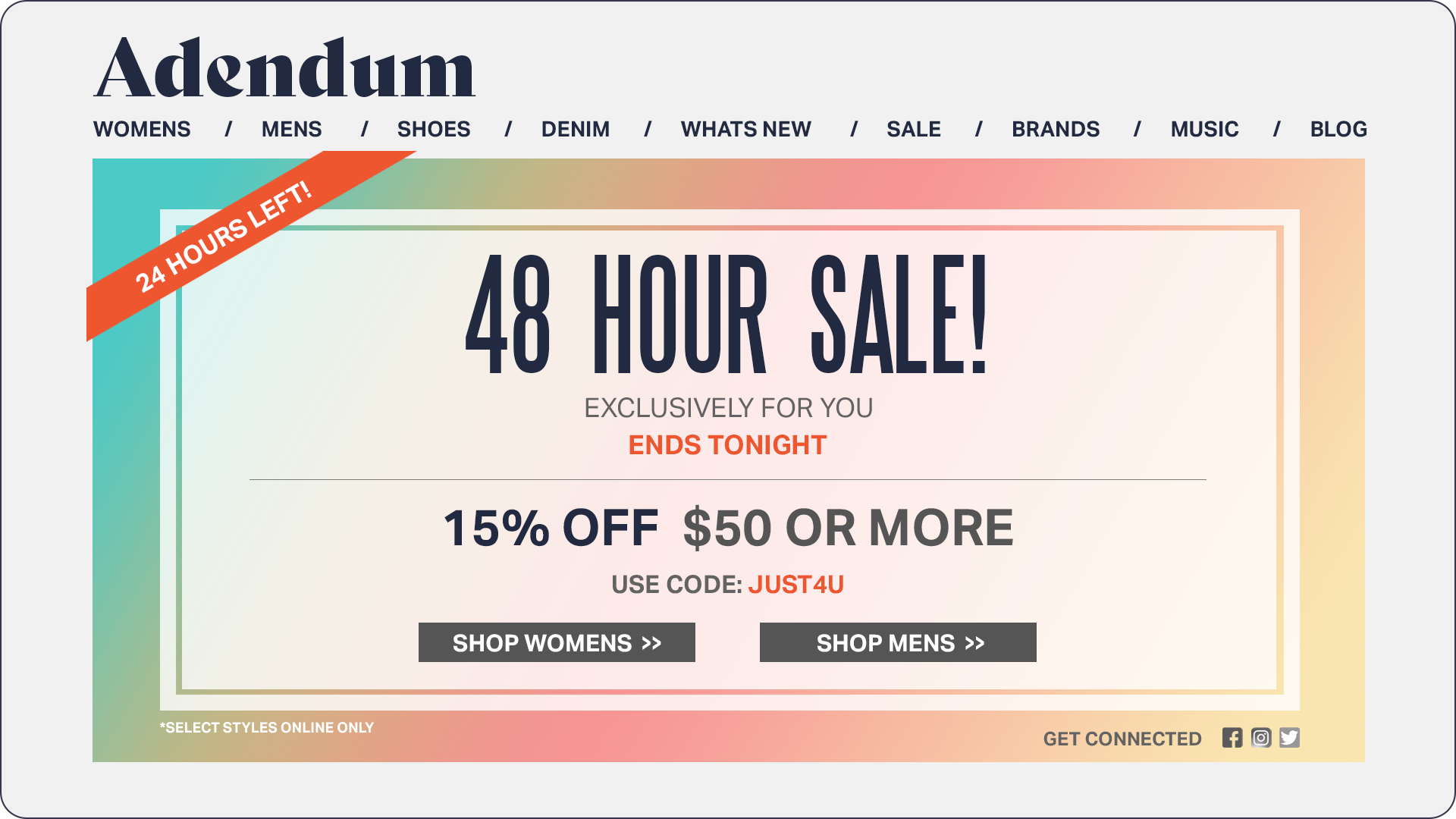
B.Transactional emails
There are emails automated and are triggered by actions completed by your viewers’ activities. They’re usually used for:
Welcome messages for new subscribers
Order tracking information
Payment confirmations/details
Registration confirmations/details
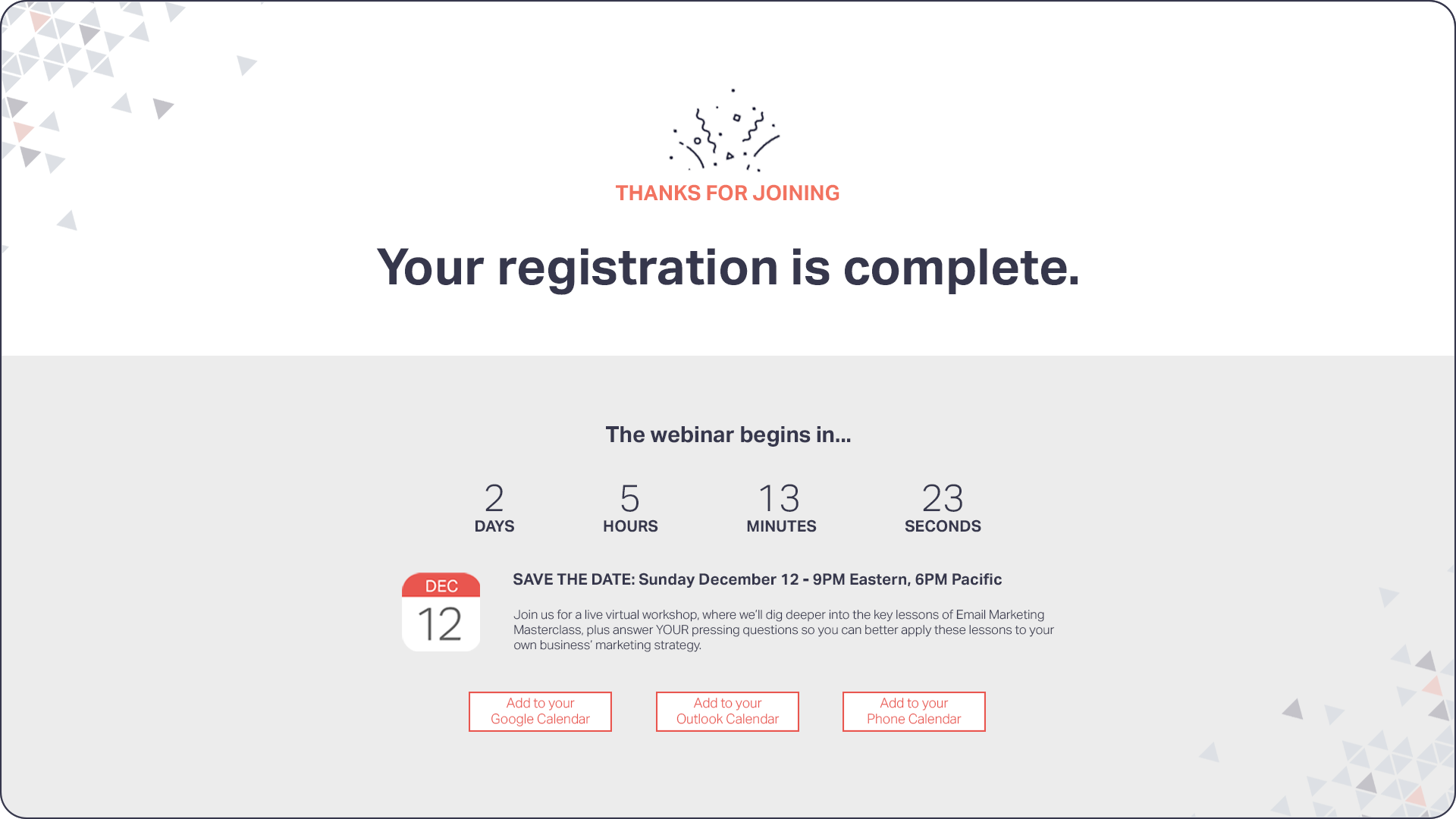
C.Operational emails
To let your customers know about certain operational adjustments that might affect their activities with your business, this is the email for it. These are used to let them know about:
Holiday closures
Maintenance schedules
Changes in product/service availability
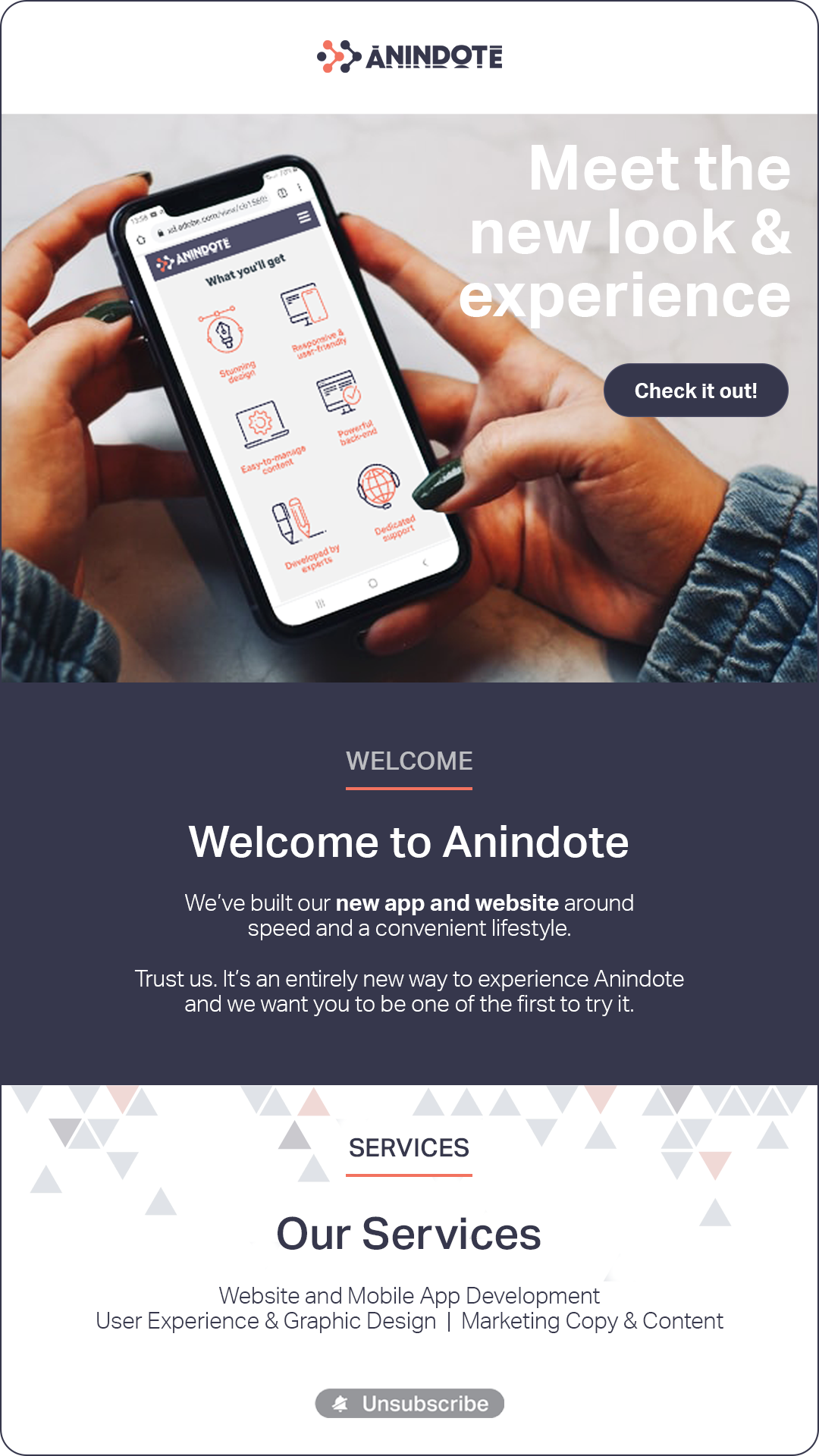
Best Practices on How to Create an Email Campaign
- Plot your marketing plans.
Audience – who and how are you going to target and reach your market best. Observe your market’s interests and buying behaviors to plan your strategies around them.
Schedule – how often can you commit to sending quality emails. You can use a Content Calendar to plot out a schedule.
Goals – what are you trying to achieve with your campaign.
Content – each one must have a clear purpose and intent.
Holidays – take advantage of each one to constantly be relevant to your subscribers.
Sign-up process – make it easy, efficient, and accessible.
Promotional opportunities – create a sense of urgency with limited offers and sales. As well as other motivators like referral programs and the like.
- Create your email blueprint.
An irresistible but “un-spammy” title – if you see “June 21 newsletter update” on the title of an email, would you be thrilled to click?
A clear and concise body – Your content must be well-thought because if it takes too long to read, your readers might just move on.
Have a focused message : Be direct.
Be concise : Make it short, sweet, and fun.
Create a pecking order : Most important details first.
Break it in chunks : The easier it is on the eyes, the better.
Make it personal : Use the subscriber’s names and use comfortable speech in your content.
A layout that represents your brand – Make your layout easy to scan by using relaxed but professional layouts so you’re not too in-your-face. White space is a great idea to make your format less busy.
A moving call to action – Be clear with what you want your subscribers to do. Whether you want them to “Buy Now!” or “Click here!”, it’s important to say it loud and clear.
- Boost your email list.
Host contests
Offer discounts or freebies (who says no to freebies?)
Create a referral program (as with SkillShare where they hand out a free month of subscription for every referral.)
- Avoid getting spammed.
Avoid using ALL CAPS and extremely exaggerated phrases with a lot of exclamation points!!!!!
Use functional and logical HTML, poorly written ones might get flagged
Never send to unauthorized subscriptions lists (such as ones you can buy off of third party entities, which is illegal besides)
Keep calm and choose when to send emails. Too many and it becomes annoying for the recipients.
Always provide value. Your subscribers will appreciate your brand more when you are helpful in their personal or business pursuits.
- Provide an unsubscribe button.
By Federal law, you are required to give people the option to opt out of your mailing list. It might look counterproductive to provide an exit sign to your subscribers.

But you don’t want mere numbers. Again, we go back to a quality list.
It’s better to have people unsubscribe than waste valuable resources only to get spammed. It won’t look good on your customer experience rate anyway.
Better yet, look for other ways to motivate your subscribers to stay and spread the word about your brand.
- Test your campaign.
You won’t be able to tell right away which styles or methods work. To get a finer understanding of what serves your purpose better, you have to test it out.
Initially, you can send out test emails to friends and workmates and ask for their feedback. You can also try out versions with A/B testing and see which ones cut above the other.

Change the title or the content. Use Gmail in one and Outlook on another. Maybe send one on a weekday and the other on weekends and see which ones get better responses.
Not testing out your emails can make you look unprofessional. So look at it from every angle and adjust accordingly.
- Analyze your data.
Collecting your stats would pretty much be useless without analysis.
Google Analytics’ Custom Campaign Tracking offers info on how your email strategies are doing to give you a better picture of your success (or failure, but we’re positive-thinkers here so let’s plan for a win!).

It can tell you when people tend to click or disengage so you know where you need to make adjustments.
Email marketing services such as Drip or SendinBlue, offer analytics on a silver platter so you don’t need to worry about how you’re going to process all that data. From tracing links, purchase data, and subscriber profiling, it’s all laid out for you.

All that’s left for you to do is plan your next steps based on the results.
And that’s it!
These tips are but the apex of a very huge iceberg in excelling your email marketing strategies. Gathering data, analyzing it, and planning ahead will give you the boost you need to increase your conversion rate sourced from email marketing.
Remember that progress isn’t instant. It might take you a while to see the fruits of your labor, but trust in the process and keep moving forward.
For more ways to create compelling email campaign templates, check us out here!
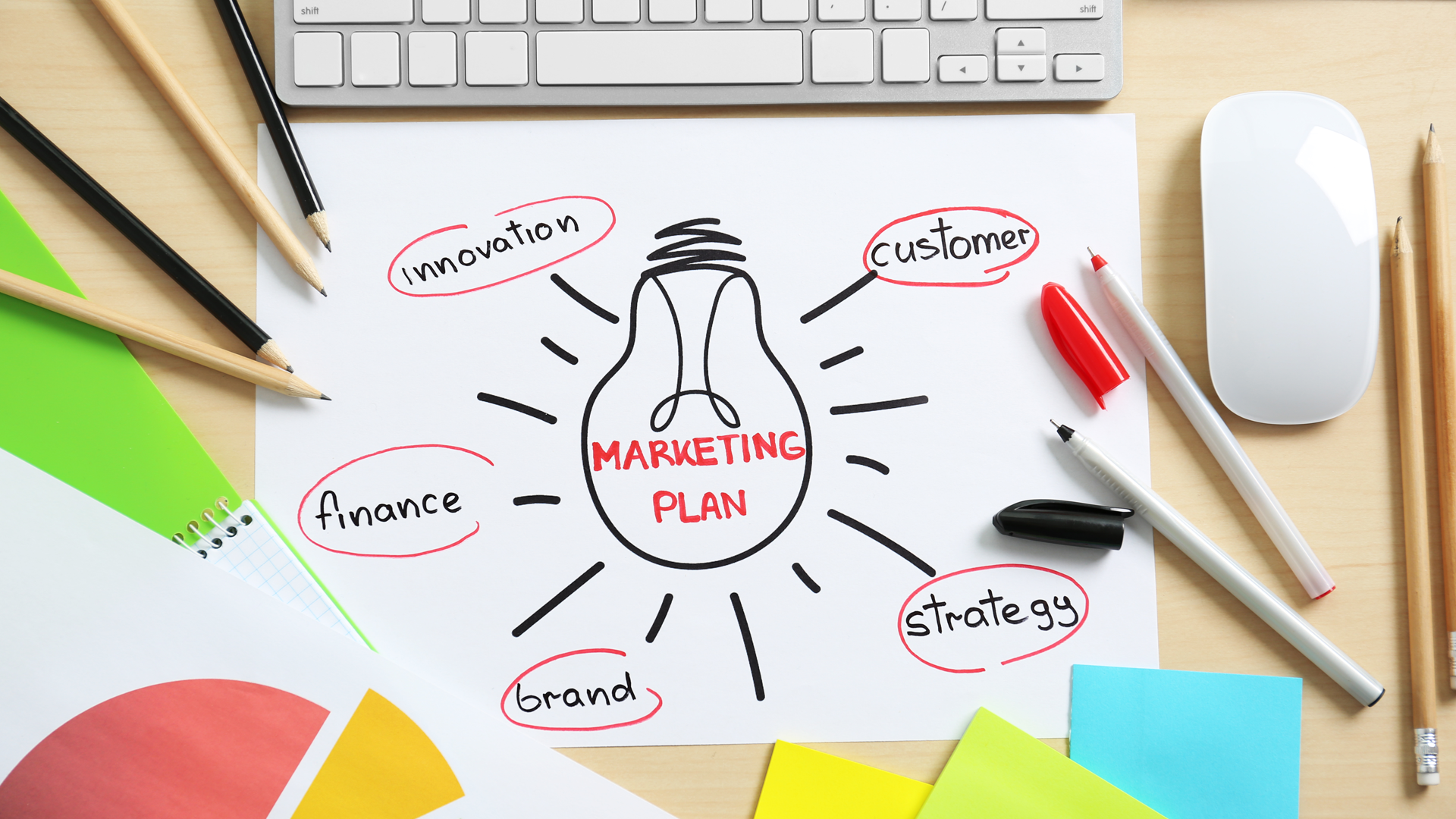
You can’t whip up a high-quality campaign overnight. Plan ahead and map out your strategies so you have time to marinate in your ideas and gather more data.
Your checklist should include:
Plan out other aspects of your campaigns like:
Besides the subject title and content, there are other factors to look into if you want to leave an impact.
Don’t think so. Make your titles “clickable” with titles that pique your subscribers’ interest.

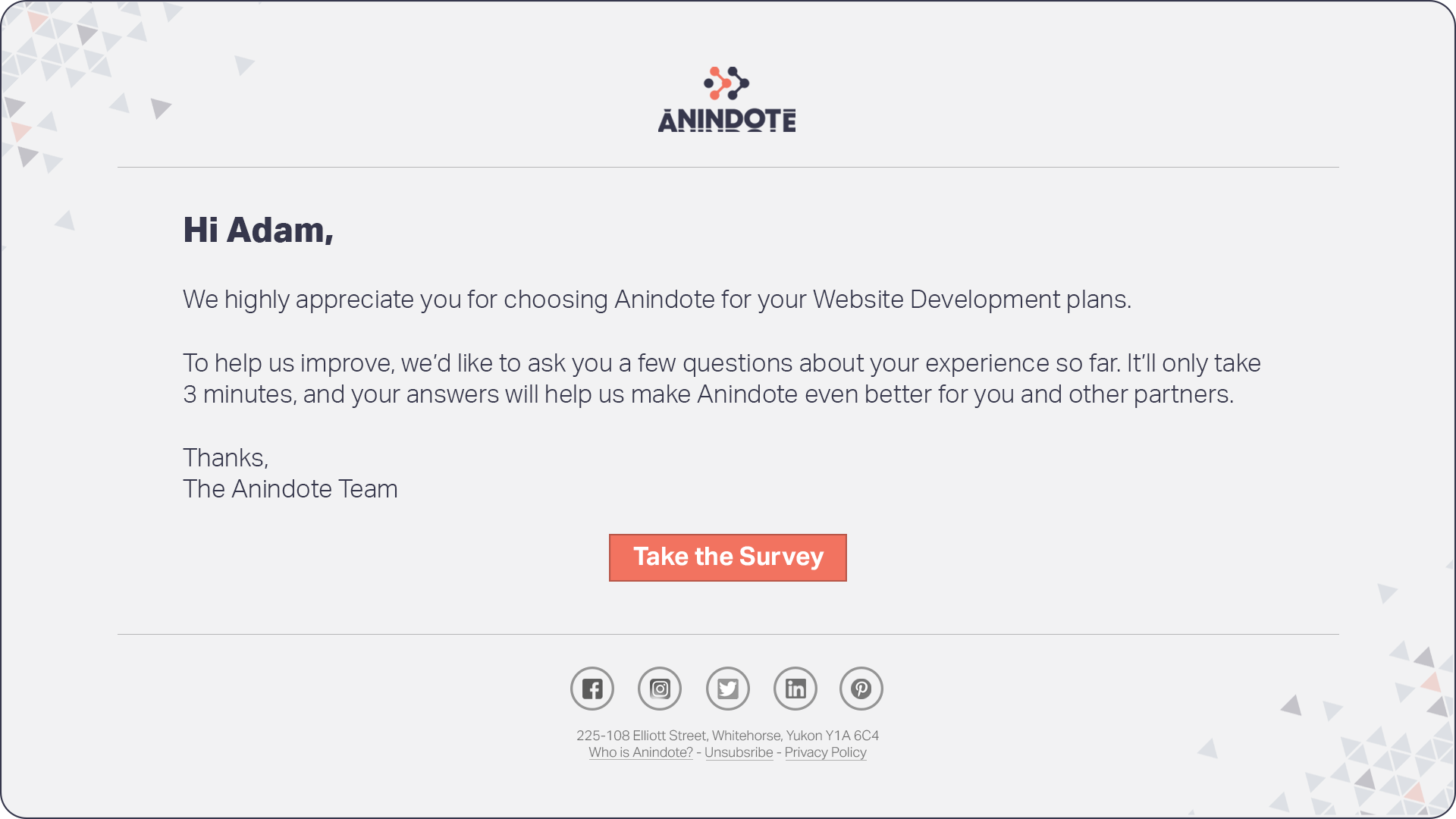
If you’re adding buttons, make it stand out so your viewers don’t miss your call to action.
Add a logo to leave a lasting brand impression. Add images or an infographic to make your email more visual.
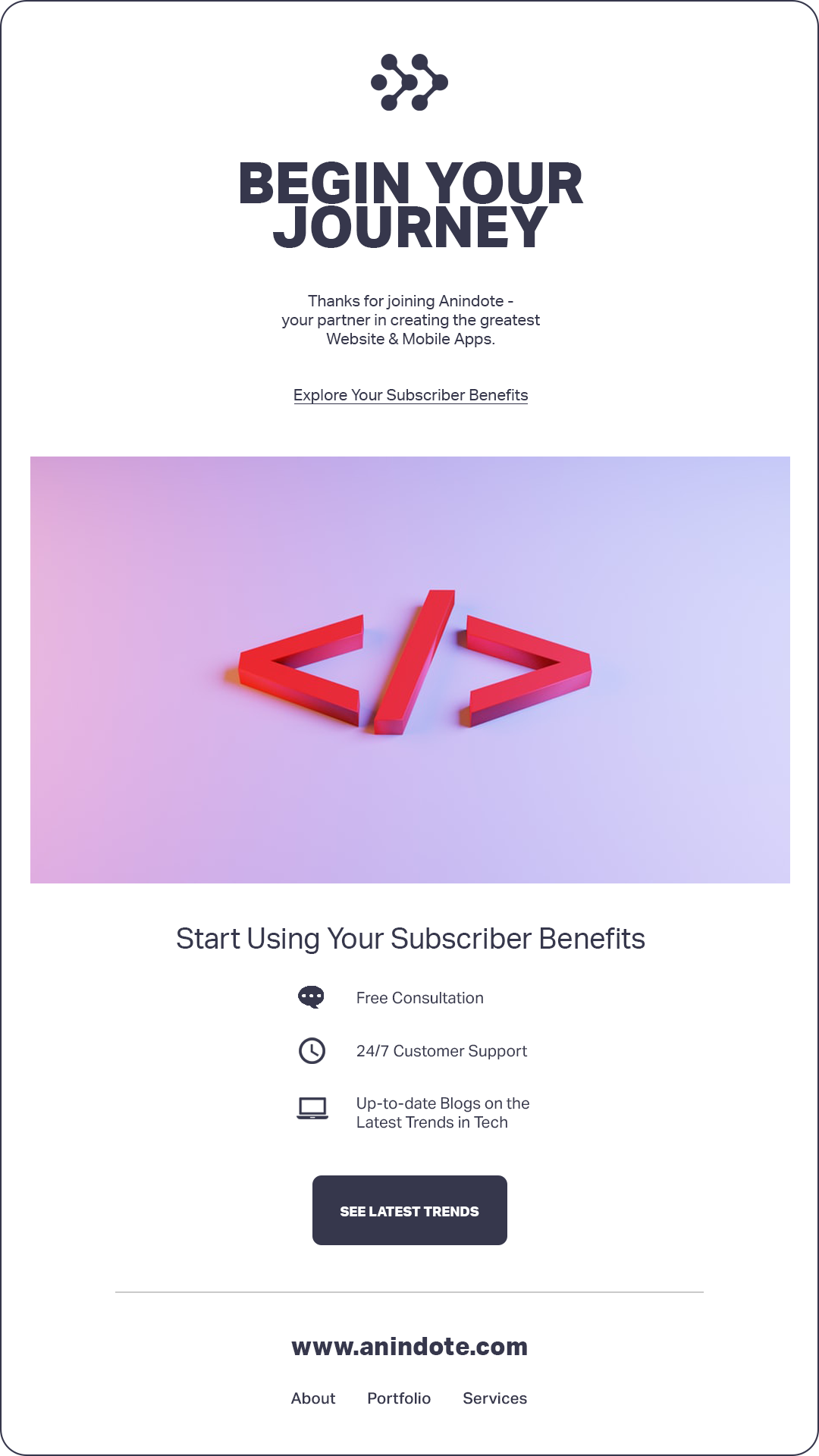
An effective CTA will generate better traffic on your site and increase your conversion rates.
Your list should always be growing. Traditionally, you join conferences and gather as many interested people to sign up for your mailing list.
You can also work on building easier sign-ups on your page so people are more inclined to join. Pop-ups are quite effective in this because they only require visitors to type in a few details to register.
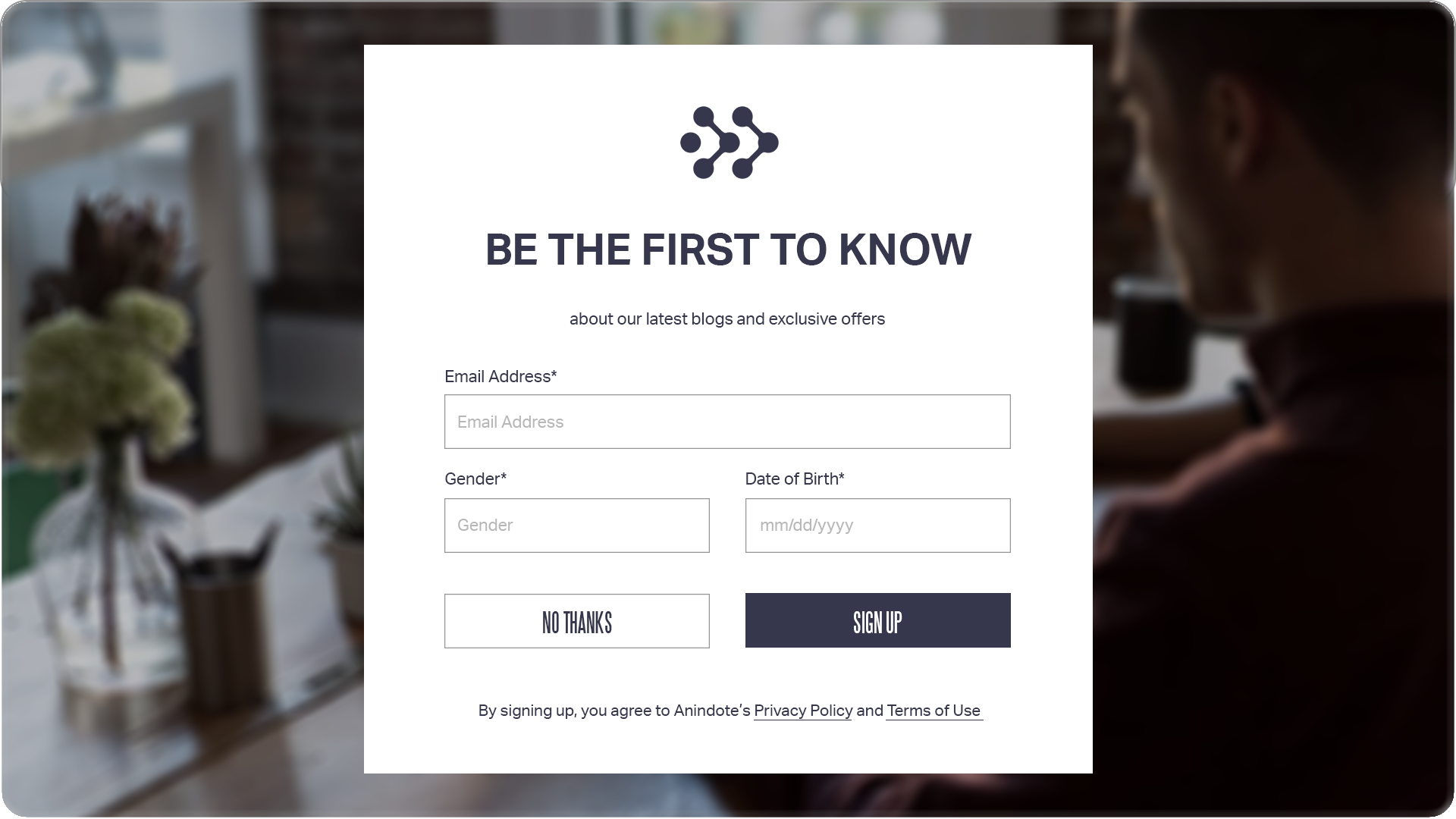
Drive your sign-ups even higher by using social media to advertise your brand. Get your brand out there by making shareable content that is linked up to an interactive landing page.
To draw in a bigger crowd, you can:
A quality list consists of people interested in you. The ones that opted in and are more likely to open those emails you so thoughtfully crafted.
They are also more likely to engage in the emails and not ignore them — or worse, delete and mark them as spam.
Besides, you don’t want to get a high unsubscribe rate which is likely if you send out emails to people who didn’t opt-in.
Save your efforts for those who appreciate your value.
Keep away from getting spammed with these helpful pointers:



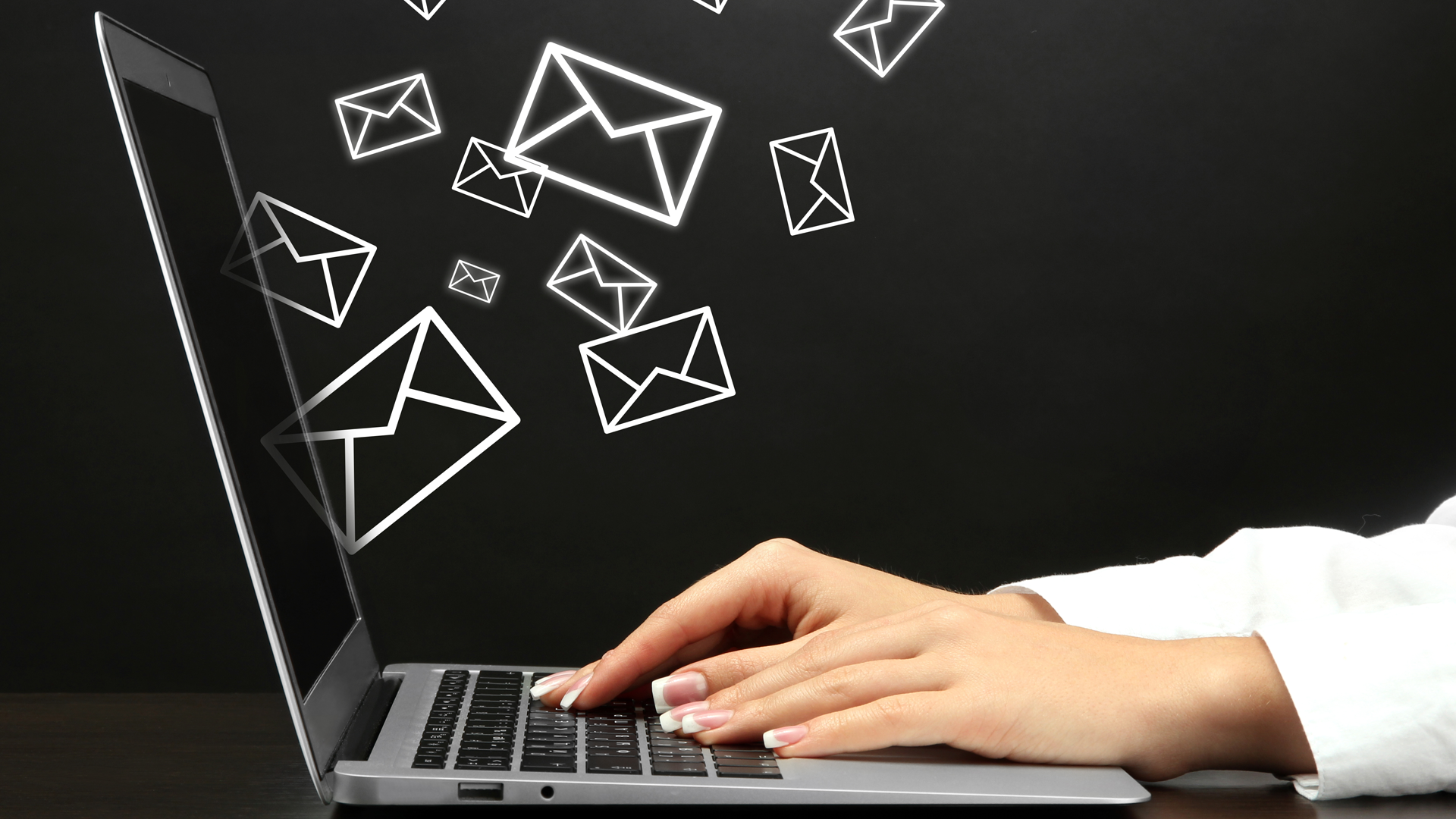


Good day! I just wish to give you a huge thumbs up for your excellent information you have got here on this post. I am coming back to your blog for more soon.
Anonymous
Mar, 20 2022 at 6:48 pm